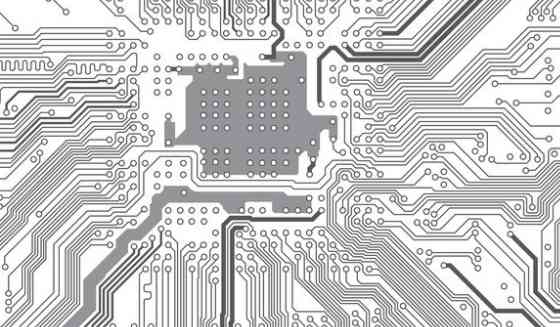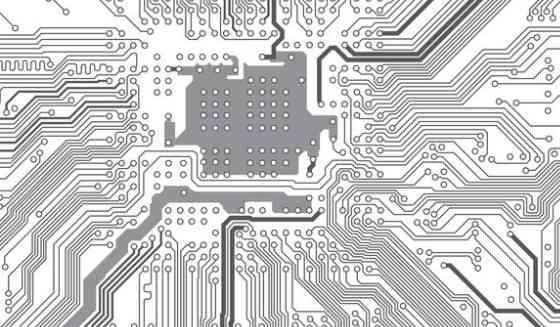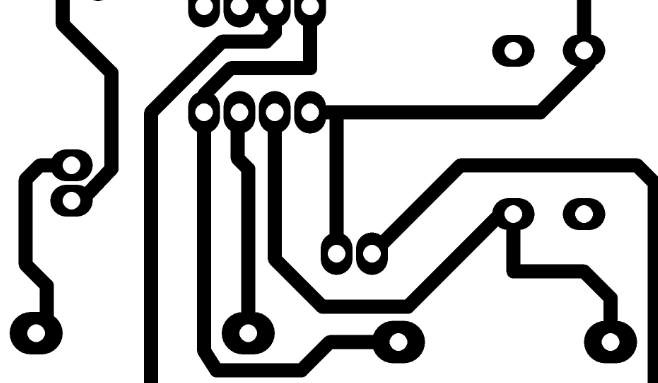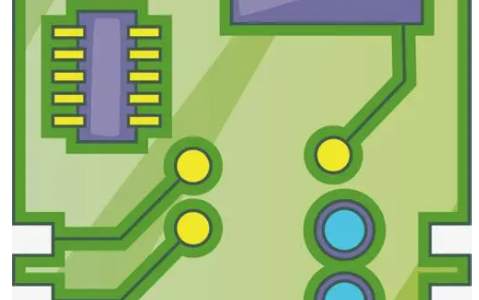
In modern electronic circuit design, more and more soft circuit board (FPC) and high-speed circuit board (PCB) are applied to the Internet of Things communication and complex electronic equipment, such as WIFI equipment, Bluetooth and related wireless terminal equipment. For these devices, signal integrity becomes very important, especially the impedance of the circuit board plays a crucial role in signal integrity.
Sequid TDR as a professional circuit board impedance measurement tool has superior performance, jitter. 500fs differential step signal source, physical rise time < 65ps, the unique simulation algorithm of Sequid, can calculate the impedance difference of different rising time through the algorithm. The minimum algorithm can reach 25ps, which can fully test the high-speed line with a very short distance. Since the test error of the line with shorter distance will be larger, it is very necessary to compensate the line through accurate calibration. Sequid TDR has accurate compensation function. Through the calibration of open, short and load, the connection position and line loss can be well compensated.
Sequid has a wide variety of probe types that meet differential, single-ended adjustable, and non-adjustable pitch requirements. In order to make you more clearly understand the measurement characteristics of DTDR-65, we use Sequid18GSDTP-P adjustable differential probe to analyze the impedance and other related parameters of the 2cm long FPC line (as shown in Figure 3) used for Internet of things devices. The SDTP-P spacing is adjusted to 0.1mm to measure the red line.
Sequid's TDR features a real-time waveform similar to the function of a sampling oscilloscope, which allows R&D customers to see changes in the time domain reflection signal at the contact site or whether the probe is in good contact in real time. At the same time, in the result measurement waveform, the starting point (time or distance can be selected, the accuracy of distance is related to the setting of relevant parameters) and impedance tolerance range can be set according to the product specifications. The distance gap between two FPC lengths (about 0.3cm) and impedance value can be clearly seen. The software will provide the maximum, minimum and average value of each test sample at the same time.

The impedance test template can automatically generate a custom impedance template that changes with time according to the circuit characteristics on PCB, as shown in Figure 5. In this way, the special PCB wiring can be accurately judged and detected, such as the short circuit and open circuit of the coil circuit on PCB board.
Sequid's TDRS have one-end STDR65 and differential DTDR65. In addition to the above impediment-related features, choose the frequency based permittivity feature for the PCB Test Coupons permittivity test, or the S11 and VSWR feature for the antenna tests in the Internet of Things devices. The introduction of these tests will be presented in future application articles.
How to maintain PCB circuit boards to extend the service life?
PCB circuit board is an insulating board as the base material, cut into a certain size, it is attached with at least one conductive graphic, and cloth holes (such as component holes, fastening holes, metallization holes, etc.), used to replace the chassis of the previous device electronic components, and realize the mutual connection between electronic components. Nowadays, PCB circuit board develops from single layer to double panel, multilayer board and flexible board, and continuously develops to the direction of high precision, high density and high reliability, and the application is more and more widely.
First, seasonal maintenance:
1. Clean the dust on the PCB circuit board every quarter. Use the special cleaning solution for the circuit board to clean the dust.
2. Observe that the electronic components in the circuit have no traces of high temperature, and the electrolytic capacitor has no leakage phenomenon, if any, it should be replaced.
Two, annual maintenance knowledge:
1. Clean the dust on the pcb board.
2. Spot check the capacity of electrolytic capacitors in pcb circuit boards. If it is found that the capacity of electrolytic capacitors is less than 20% of the nominal capacity, it should be replaced.
3. If the high-power components are coated with heat dissipation grease, check whether the heat dissipation grease is dried. If the heat dissipation grease is dry, remove the heat dissipation grease and apply new heat dissipation grease to prevent the high-power components of the circuit board from burning out due to poor heat dissipation.









